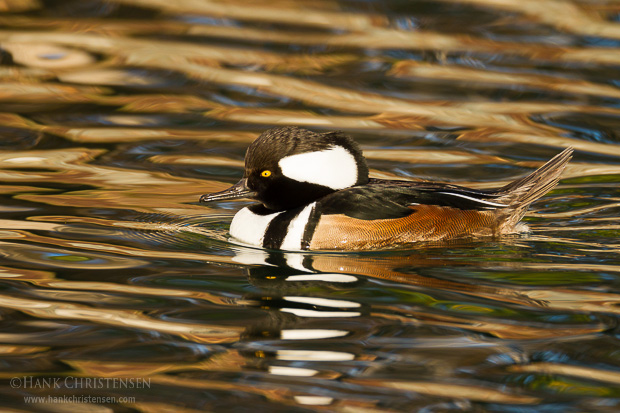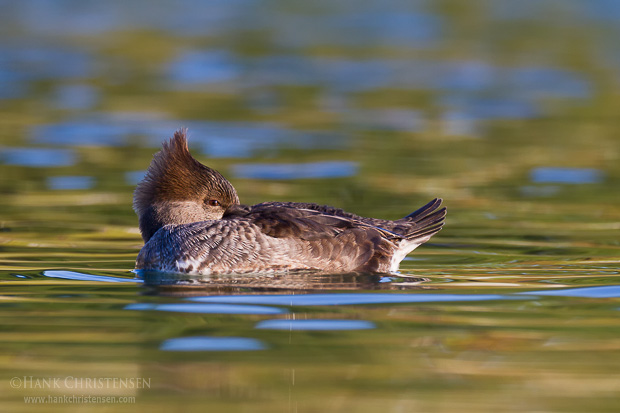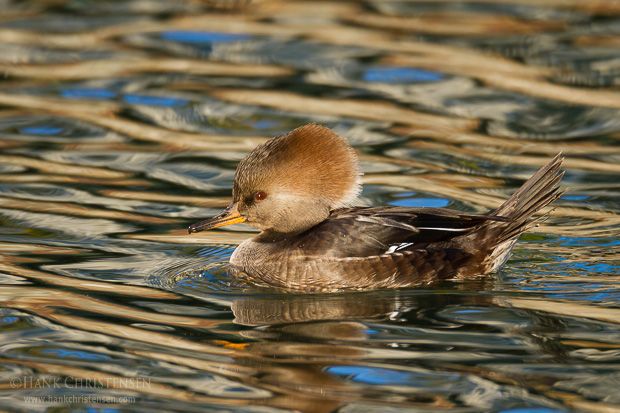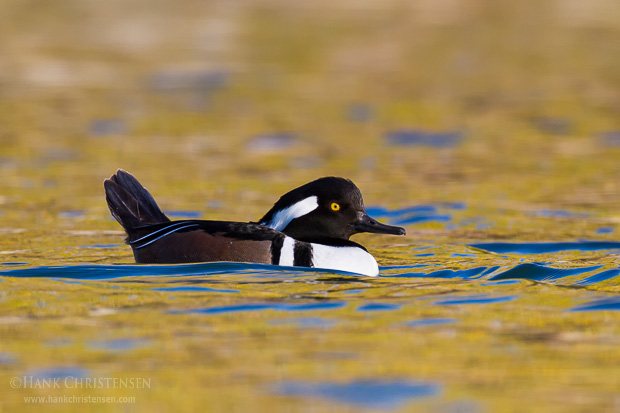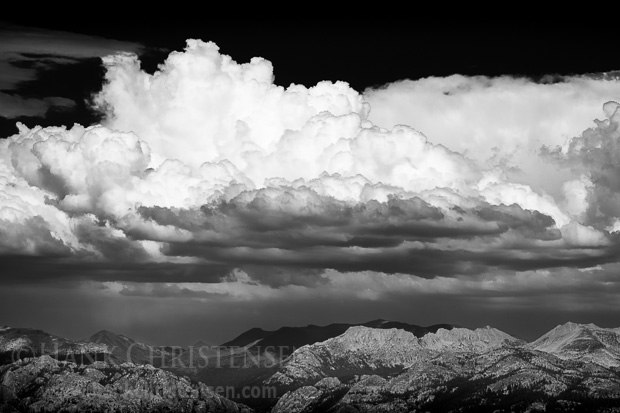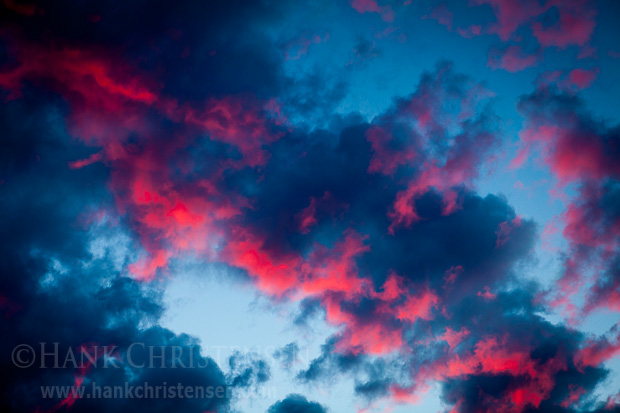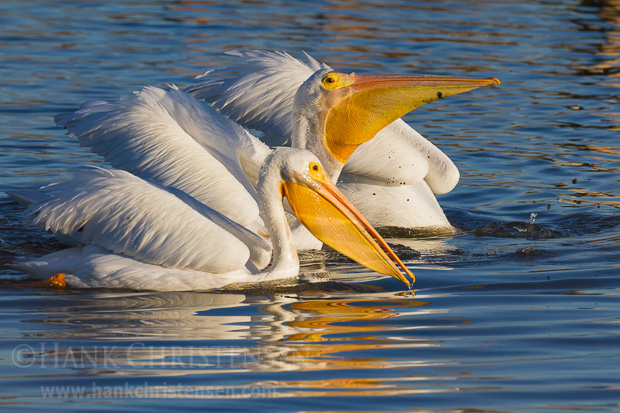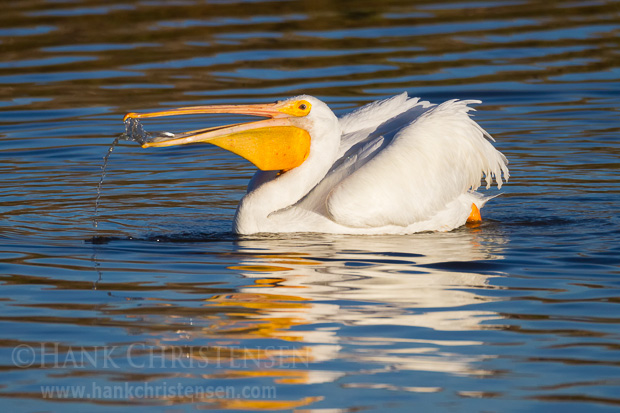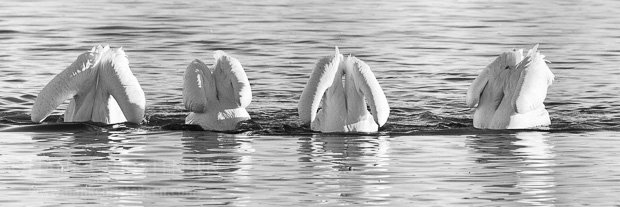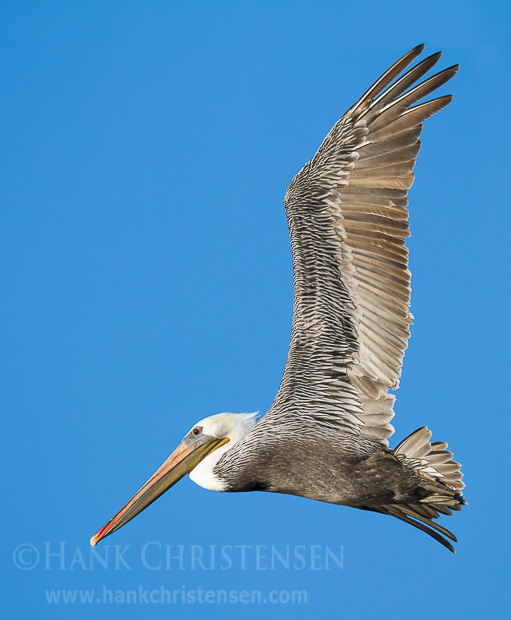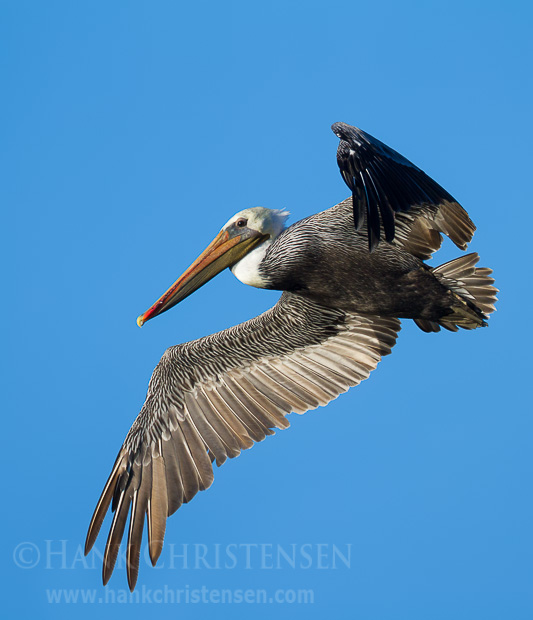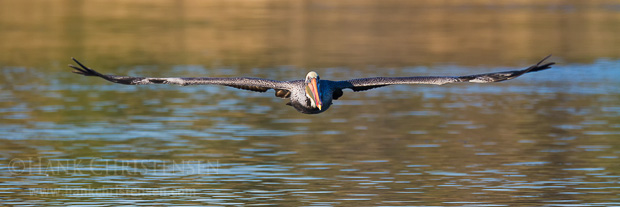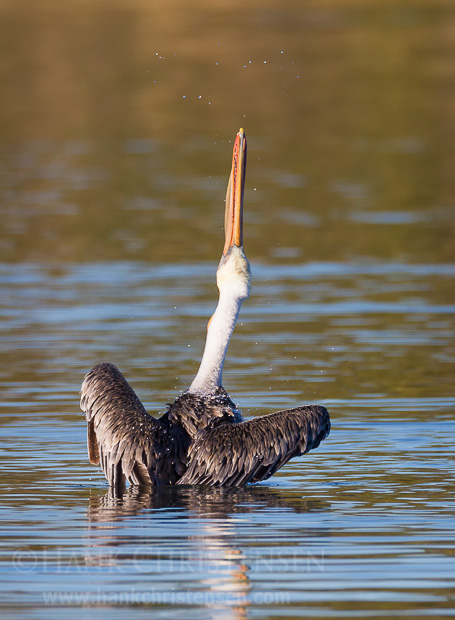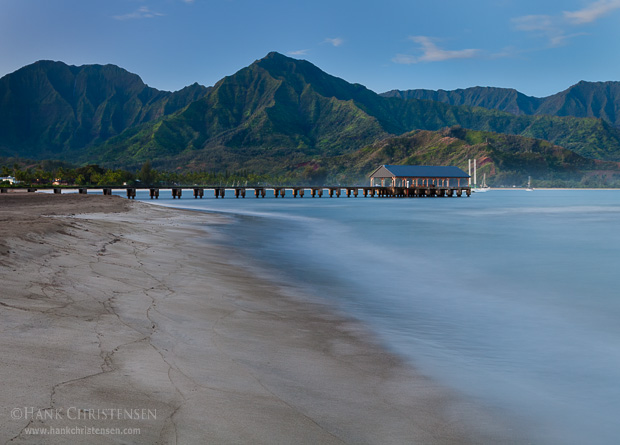
One morning on last fall’s trip to the island of Kauai, I woke before dawn and drove out to Hanalei Bay to capture day break with the backdrop of the dramatic green cliffs to the south, with a long exposure of moving waves in the foreground. Usually with long exposure shots, I like to feature a non-moving object somewhere in the foreground to act as sort of a sharp, visual anchor. Juxtaposed against smooth flowing forms of movement, these anchors can help keep the viewer centered in reality. However, in this case there was nothing along the beach to help me, so I used the line between water and sand to lead the viewers eye into the photo.
Compounding the difficulty of this shot was the fact that my tripod was placed in soft sand (usually I try to find some kind of rock, but again none was available), and every 30 seconds or so the legs would start sinking into the sand. That kept my exposures about half what they normally would have been in this light (around 15 seconds), and not all of my shots were usable, because every once in a while a larger wave would undercut the tripod legs, resulting in a blurry photo.
But in this light (pre-dawn), all of the subtle color differences of the cliffs came out, showing the complex contours of the mountains. This was only possible with low contrast light, giving me full control over localized contrast in post. Once I was fairly sure I achieved my desired shot, I made to way onto the pier and waited for the sun to rise, providing high contrast side lighting to the cliffs.
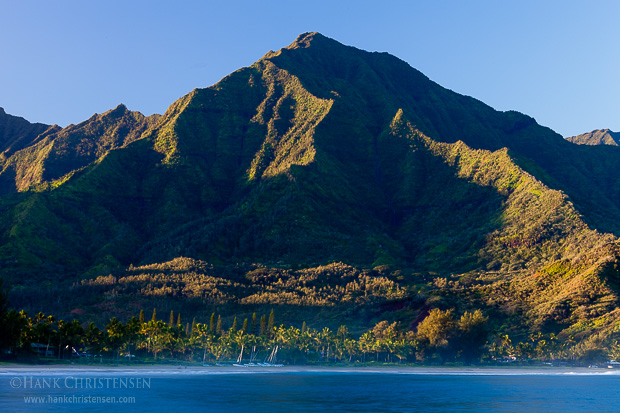
This is a very different photo, at a much shorter shutter speed (as I had plenty of light after sunrise). Here I used a telephoto to make the largest mountain the star of the show. Here we see sail boats lined up along the beach in this tropical paradise. If you look closely enough, you can see one of the hundreds of waterfalls making its way through the clefts in the mountainside.
Soon it was time to pack it in, head into town, and enjoy a coffee with my wife. Truly a great way to spend vacation!

